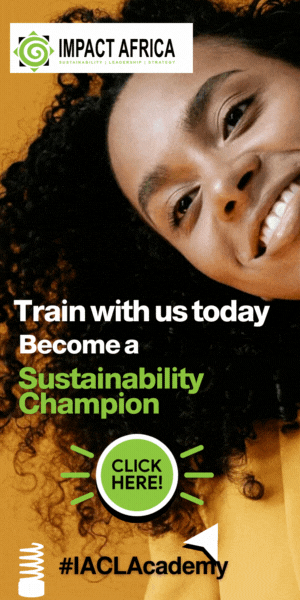As the global population has doubled to 7.8 billion in about 50 years, industrial agriculture has increased the output from fields and farms to feed humanity. One of the negative outcomes of this transformation has been the extreme simplification of ecological systems, with complex multi-functional landscapes converted to vast swaths of monocultures.
From cattle farming to oil palm plantations, industrial agriculture remains the greatest driver of deforestation, particularly in the tropics. And as agricultural activities expand and intensify, ecosystems lose plants, wildlife and other biodiversity.
The permanent transformation of forested landscapes for commodity crops currently drives more than a quarter of all global deforestation. This includes soy, palm oil, beef cattle, coffee, cocoa, sugar and other key ingredients of our increasingly simplified and highly processed diets.
The erosion of the forest frontier has also increased our exposure to infectious diseases, such as Ebola, malaria and other zoonotic diseases. Spillover incidents would be far less prevalent without human encroachment into the forest.
We need to examine our global food system: Is it doing its job, or is it contributing to forest destruction and biodiversity loss — and putting human life at risk? Read more…




